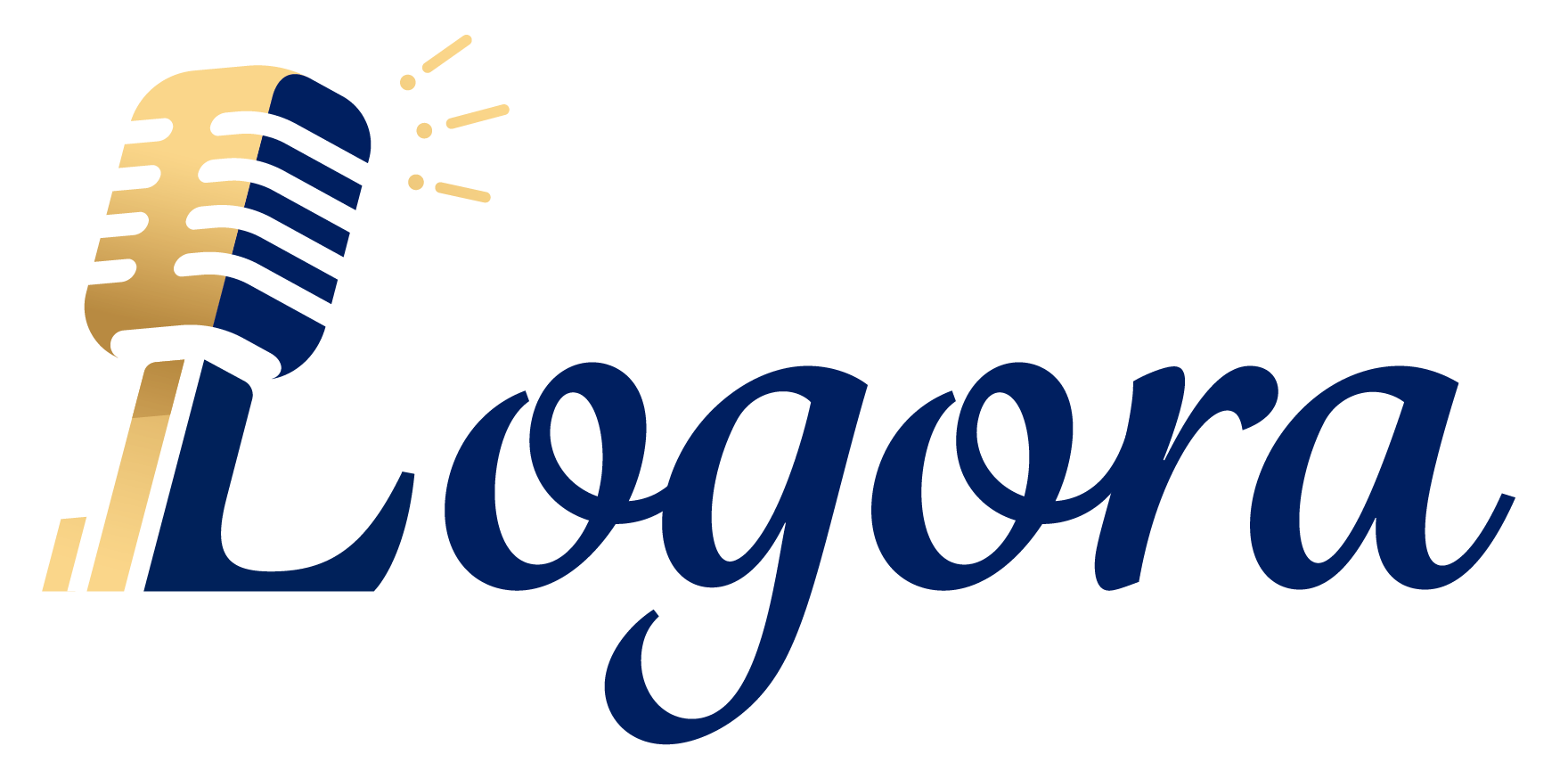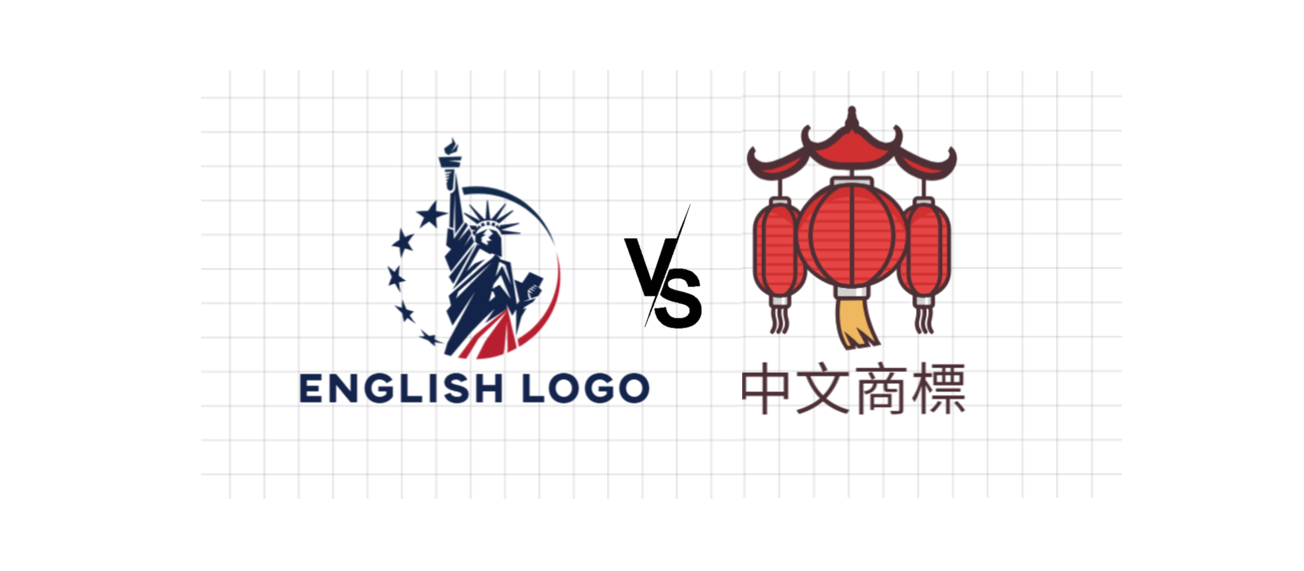It is widely known that there are many differences between Eastern and Western cultures.
This is also reflected in logo design, where the presentation of English and Chinese varies slightly.
The following is an analysis and discussion of several common types of logo design.
Text Only
In text-only logos, English designs often rely on variations in the letters themselves—through typography, spacing, and wordplay—to convey meaning.
As a phonetic language, English allows people to pronounce a word once they’ve learned the natural phonics.
This is one major feature of English logos: they're often catchy, memorable, and easy to pronounce.
For example, Coca-Cola uses a simple, bold, and flowing typeface, emphasizing recognizability and phonetic appeal.

In contrast, using Chinese characters alone as logos is relatively uncommon in overseas markets.
As a logographic language, Chinese carries intrinsic meanings and visual symbolism within the characters themselves. Design choices often focus on font styles, stroke weights, and overall aesthetic harmony.
However, for those unfamiliar with Chinese, it's difficult to grasp the literal meaning, so phonetic assistance is often necessary.
One of the most iconic examples is Din Tai Fung (鼎泰豐), whose characters are derived from the elegant calligraphy of former Control Yuan President Yu You-ren (于右任).
To expand into global markets, Din Tai Fung adds Romanized pinyin under each Chinese character to improve recognition and readability.
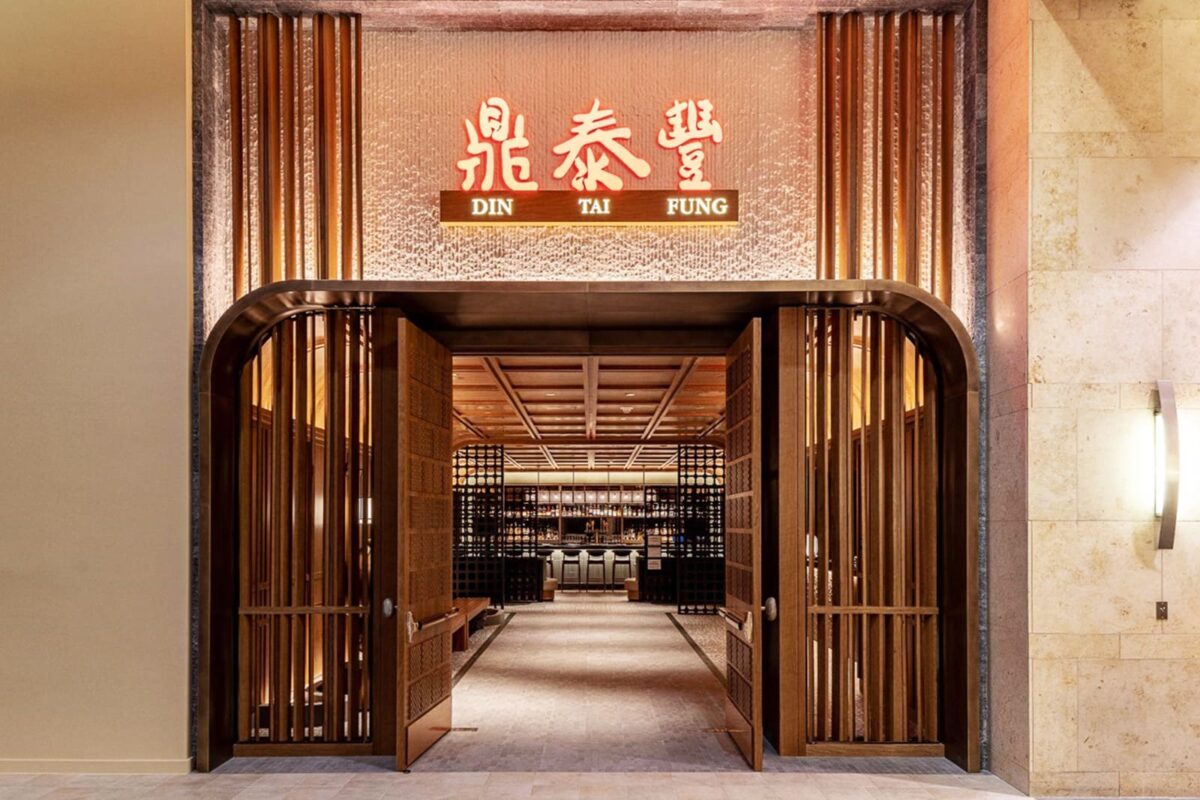
Text with Brand Elements
Incorporating brand ideas into the design of characters also differs slightly between English and Chinese logos.
English logos often focus on conveying brand values and concepts, with symbolic design elements taking precedence over visual aesthetics alone.
Take Citibank as an example—the red arc over the letters represents an umbrella, a nod to its 1998 merger with the Travelers Group, which dealt in insurance. It subtly conveys the idea of protection and security.
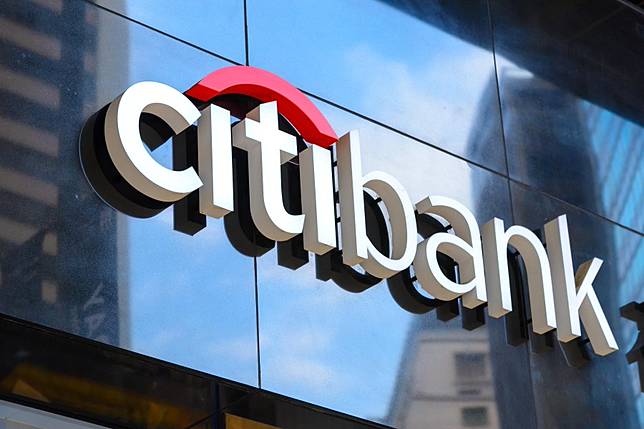
In contrast, Chinese logo design must integrate symbolic meaning with the complexity of character structures.
The key is achieving harmony between visual appeal and the underlying message.
Genki Sushi (爭鮮) offers a great example—the character “鮮”(fresh) cleverly incorporates chopsticks holding sushi, blending perfectly with the character for “魚”(fish). It's visually appealing and strongly tied to the brand's identity.
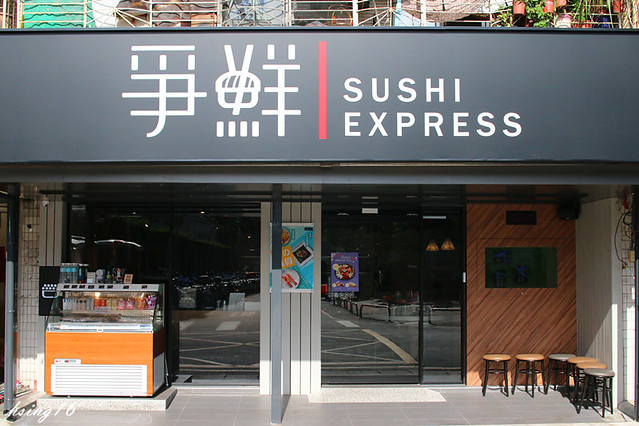
Text and Pattern Combination
This is one of the most common logo formats.
Whether in English or Chinese, most brands combine their name with a recognizable icon.
In this type, the textual differences between English and Chinese are not the main issue. The real distinction lies in market positioning—domestic versus international.
If a brand targets global markets, even domestic companies tend to adopt English names alongside symbolic icons to ensure easier recognition and stronger recall among international audiences.
Examples include Taiwan's TSMC, Giant, Taiwan Cement, Maxxis Tires, EVA Air, and Kebuke Tea.
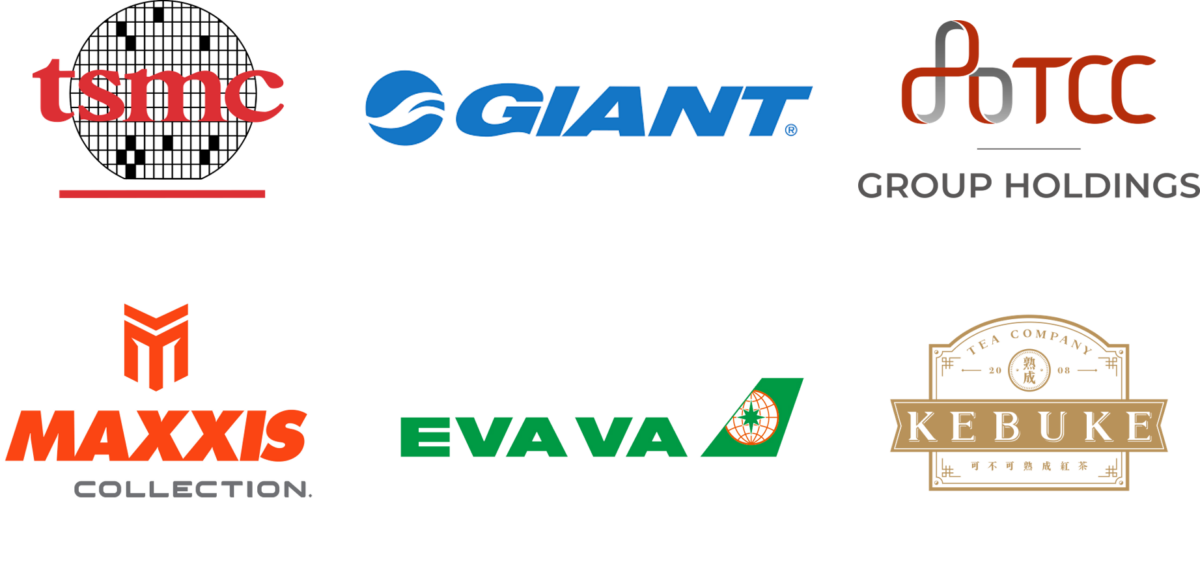
On the other hand, if a brand is focused solely on the domestic market, the primary goal is still to ensure quick recognition of services or products by local consumers.
For instance, Taiwan's state-owned enterprises and government agencies mainly serve local citizens. Whether foreign customers understand the logo is secondary.
Even when English elements are included, they usually serve as simple translations rather than design features.
That said, such logos often incorporate elements of traditional Chinese aesthetics...which is very ugly to be honest.
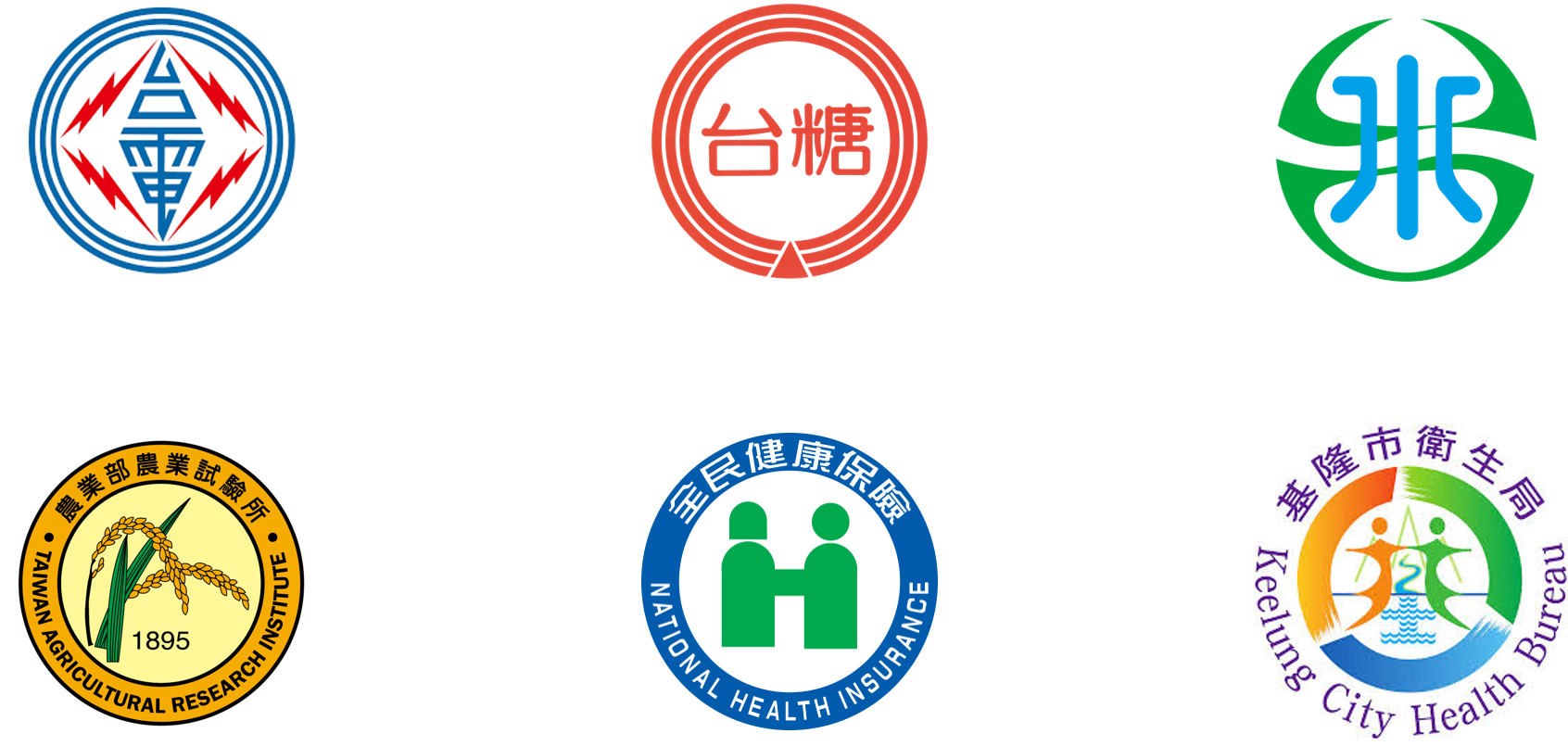
Should a Brand Use English or Chinese?
There's no one-size-fits-all answer. As we've seen, English and Chinese logos each have their unique styles, strengths, and creative potential. As long as your product is strong, consumers generally won't mind which language your logo uses.
However, if your goal is to attract international customers, incorporating English into your logo gives it a natural advantage in terms of communication and memorability. After all, English is a global language used by over 1.5 billion people worldwide.
This is exactly the mission of Logora. With a global perspective and a professional background, we help brands build strong recognition on the international stage.
No matter what industry your brand belongs to, we're confident in using design to tell your brand story—and share it with the world.
